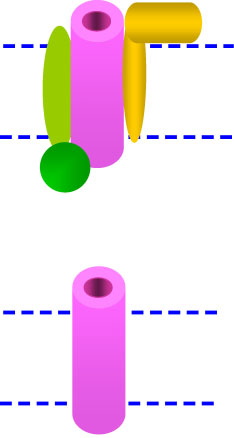Zimbabwean diabetics' beliefs about health and illness : an interview study
Zimbabwean diabetics' beliefs about health and illness: an interview study Katarina Hjelm and Esther Mufunda Linköping University Post Print N.B.: When citing this work, cite the original article. Original Publication: Katarina Hjelm and Esther Mufunda, Zimbabwean diabetics' beliefs about health and illness: an interview study, 2010, BMC International Health and Human Rights, (10), 7. Copyright: BioMed Central





